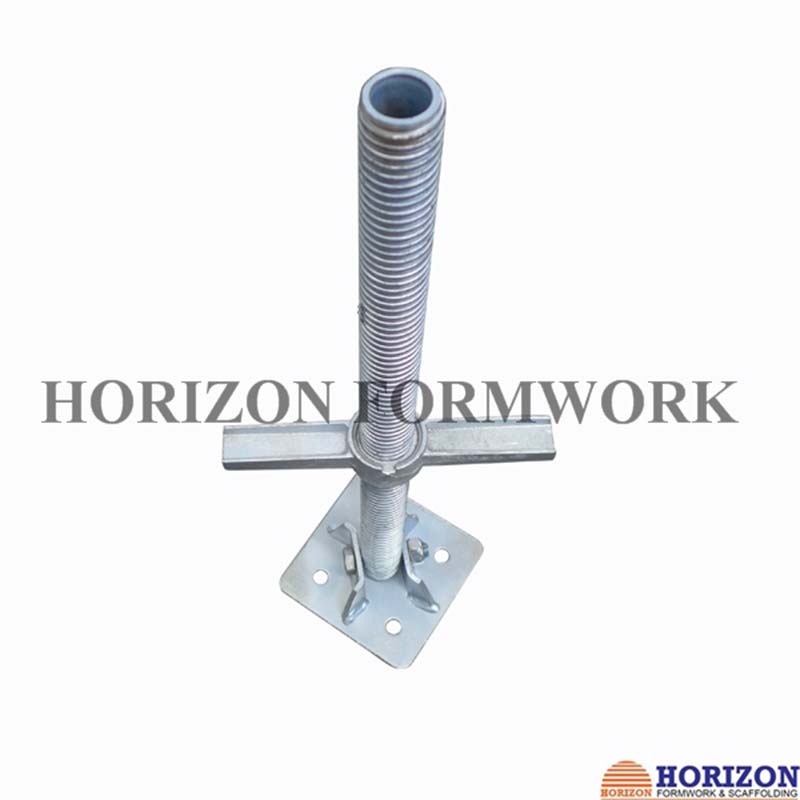Гру . 10, 2024 19:33 Back to list
Innovative Flexible Formwork Solutions for Efficient Concrete Construction Techniques
The Rise of Flexible Formwork in Concrete Construction
In the ever-evolving world of construction, innovative techniques and materials continually reshape the industry landscape. One such advancement is flexible formwork, which has gained traction among concrete companies for its versatility, efficiency, and cost-effectiveness. This novel approach to forming concrete structures not only enhances design possibilities but also addresses some of the traditional challenges faced by construction professionals.
Understanding Flexible Formwork
Flexible formwork is a method that adapts to various shapes and geometries, allowing for the construction of complex and customized concrete structures. Unlike traditional formwork systems, which are typically rigid and predefined, flexible formwork can contour to the intended design specifications. This approach utilizes lightweight materials such as fabric or flexible plastic sheeting, which can be easily manipulated to suit the desired shape.
One of the key advantages of flexible formwork is its ability to create unique architectural features without the prohibitive costs associated with conventional rigid forms. It is particularly beneficial in designing free-flowing shapes and complex geometries that are increasingly sought after in modern architecture.
Benefits of Using Flexible Formwork
1. Cost-Effectiveness Traditional formwork systems often require significant investment in materials and labor. Flexible formwork reduces these costs by being lightweight and easier to handle, resulting in lower shipping and assembly expenses. Additionally, the ability to reuse flexible forms for multiple projects can lead to further savings.
2. Design Flexibility Architects and designers are always looking for innovative ways to push the boundaries of concrete construction. Flexible formwork allows for a high degree of creativity, enabling the incorporation of curves, angles, and intricate designs that would be challenging or impossible to achieve with standard systems.
3. Reduced Labor Requirements Employing flexible formwork can lead to a decrease in labor costs and time. Workers can quickly set up and dismantle the formwork, allowing for a faster construction process. This efficiency can be critical in meeting tight project deadlines.
4. Improved Concrete Quality The adaptability of flexible formwork can lead to improved concrete finishes. The smooth surfaces that can be created minimize the need for extensive finishing work, which not only saves time but also enhances the overall look of the final product.
flexible formwork for concrete companies

5. Environmental Sustainability In recent years, the construction industry has faced increased scrutiny regarding its environmental impact. Flexible formwork can contribute to sustainability efforts by minimizing material waste and enabling the use of eco-friendly materials. Moreover, the potential for reusability of forms aligns with green building practices.
Applications of Flexible Formwork
Flexible formwork has been successfully implemented in various projects, ranging from residential buildings to public infrastructures. For example, it is often used in creating unique architectural elements such as curvilinear walls, sculptural features, and organic shapes that stand out in urban environments.
Moreover, flexible formwork can be advantageous in projects that prioritize sustainability. Structures designed to integrate with their natural surroundings can benefit significantly from this method, allowing for forms that mimic the natural landscape while maintaining structural integrity.
Challenges and Considerations
While flexible formwork presents numerous benefits, it is not without its challenges. Proper design and engineering are crucial to ensure that the flexible system can withstand the pressures exerted during the concrete pouring process. Companies must invest time in research and development to create effective and reliable flexible formwork systems. Training for construction teams is also essential to ensure that they understand the best practices for using these new materials effectively.
Additionally, there can be a learning curve associated with adopting a new construction methodology. Concrete companies may need to navigate initial resistance to change from workers accustomed to traditional methods, making education and demonstration vital parts of the transition.
Conclusion
The integration of flexible formwork into concrete construction represents a significant step forward for the industry, providing a blend of versatility, cost savings, and design innovation. As more concrete companies recognize the advantages of this approach, the construction landscape will continue to evolve, offering both architects and builders the opportunity to create more modern and expressive structures. With a commitment to addressing potential challenges, the future for flexible formwork is bright, promising to redefine the possibilities of concrete construction in the years to come.
-
Premium Formwork Wing Nuts & Tie Rods | Factory Supplier
NewsAug.29,2025
-
Expert Ringlock Scaffolding: Durable, Safe, Efficient Solutions
NewsAug.28,2025
-
Ringlock Scaffolding: Strong, Safe & Efficient Solutions
NewsAug.27,2025
-
OEM Column Formwork: Circular, Curved & Inclined Solutions
NewsAug.26,2025
-
Premium Scaffolding Jacks: Stable, Adjustable & Durable
NewsAug.25,2025
-
OEM Wall Formwork & Shuttering: Flexible & Curved Solutions
NewsAug.24,2025